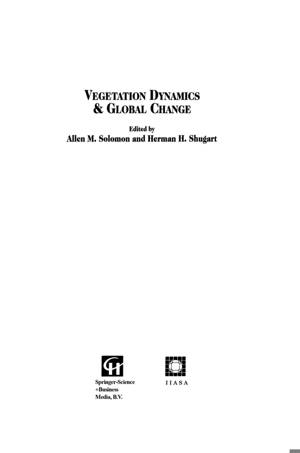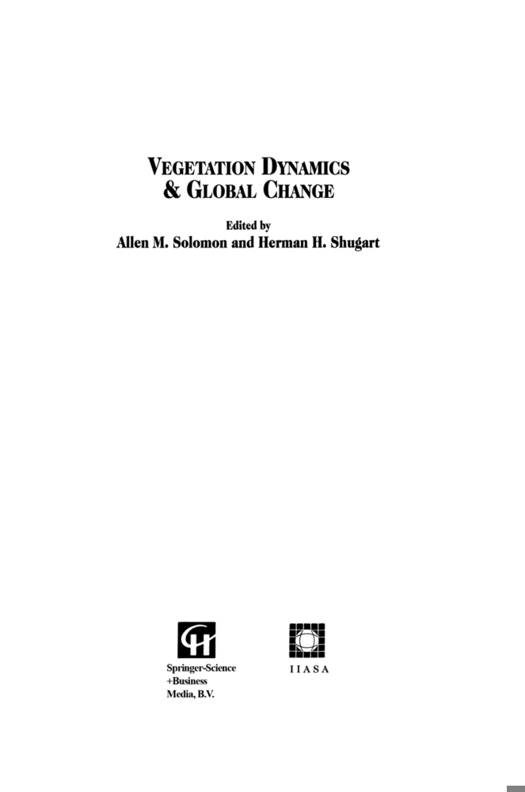
- Afhalen na 1 uur in een winkel met voorraad
- Gratis thuislevering in België vanaf € 30
- Ruim aanbod met 7 miljoen producten
- Afhalen na 1 uur in een winkel met voorraad
- Gratis thuislevering in België vanaf € 30
- Ruim aanbod met 7 miljoen producten
Zoeken
€ 335,95
+ 671 punten
Uitvoering
Omschrijving
During the summer of 1987, a series of discussions I was held at the International Institute for Applied Systems Analysis (nASA) in Laxenburg, Austria, to plan a study of global vegetation change. The work was aimed at promoting the Interna- tional Geosphere-Biosphere Programme (IGBP), sponsored by the International Council of Scientific Unions (lCSU), of which nASA is a member. Our study was designed to provide initial guidance in the choice of approaches, data sets and objectives for constructing global models of the terrestrial biosphere. We hoped to provide substantive and concrete assistance in formulating the working plans of IGBP by involving program planners in the development and application of models which were assembled from available data sets and modeling ap- proaches. Recent acceptance of the "nASA model" as the starting point for endeavors of the Global Change and Terrestrial Ecosystems Core Project of the IGBP suggests we were successful in that aim. The objective was implemented by our initiation of a mathematical model of global vegetation, including agriculture, as defined by the forces which control and change vegetation. The model was to illustrate the geographical consequences to vegetation structure and functioning of changing climate and land use, based on plant responses to environmental variables. The completed model was also expected to be useful for examining international environmental policy responses to global change, as well as for studying the validity of IIASA's experimental approaches to environmental policy development.
Specificaties
Betrokkenen
- Auteur(s):
- Uitgeverij:
Inhoud
- Aantal bladzijden:
- 338
- Taal:
- Engels
Eigenschappen
- Productcode (EAN):
- 9780412036712
- Verschijningsdatum:
- 31/01/1993
- Uitvoering:
- Hardcover
- Formaat:
- Genaaid
- Afmetingen:
- 156 mm x 234 mm
- Gewicht:
- 693 g

Alleen bij Standaard Boekhandel
+ 671 punten op je klantenkaart van Standaard Boekhandel
Beoordelingen
We publiceren alleen reviews die voldoen aan de voorwaarden voor reviews. Bekijk onze voorwaarden voor reviews.











